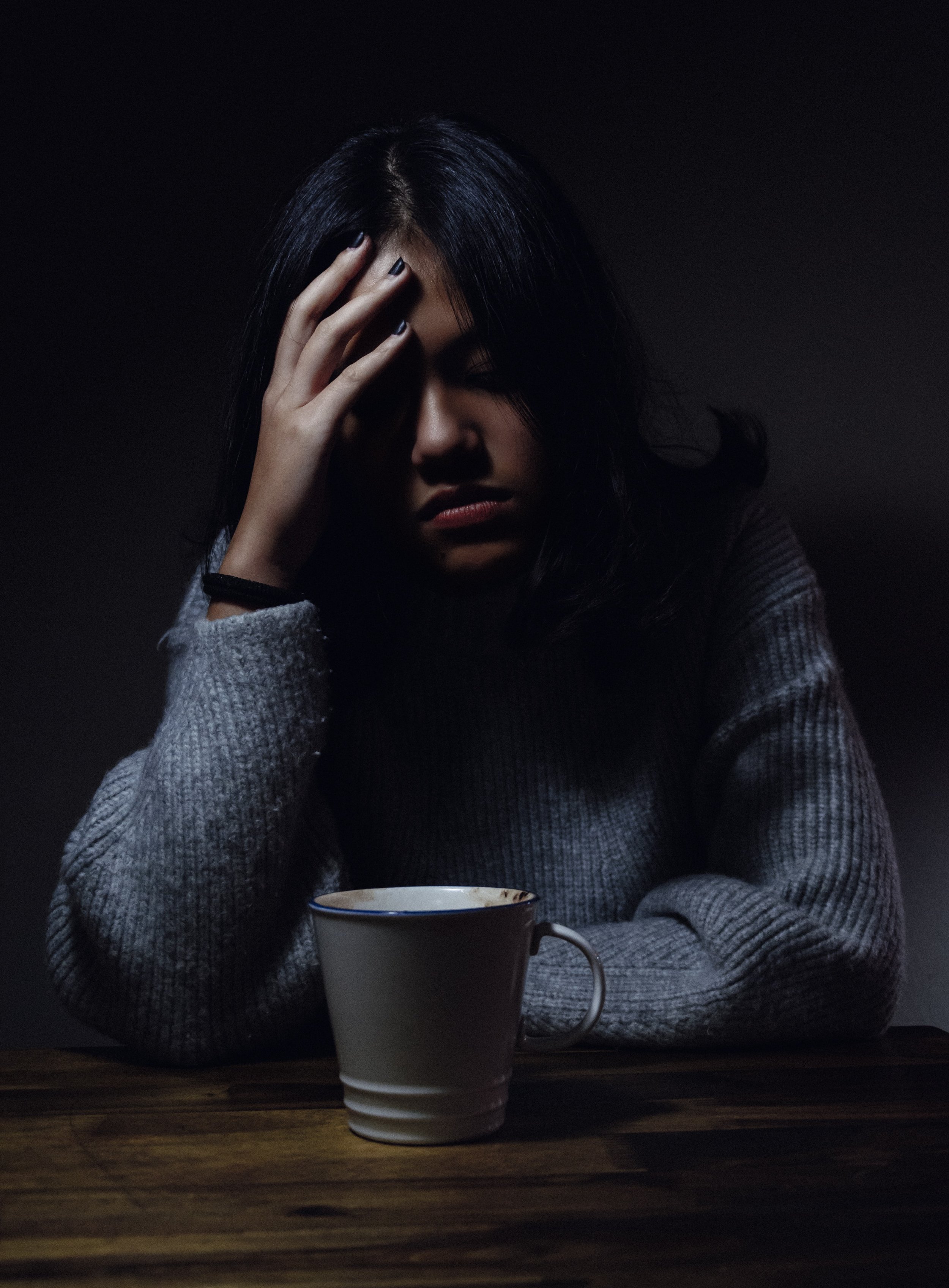The most common symptom of migraine, a neurologic condition, is a severe headache. The headache comes in surges and frequently accompanies nausea, vomiting, and light sensitivity. It can also be harrowing and constant. The pain could be negligible. If left untreated, it can worsen to severe. A typical migraine attack lasts four hours. Many medications are available to prevent and cure migraine, including sumatriptan pills. It can treat migraine and tackle symptoms associated with them which can include nausea, vomiting and sensitivity to sound and light
Types of Migraines
There are numerous forms of migraines, and multiple labels may be given to the same type.
Migraines Without an Aura
Auraless migraine is frequently referred to as an "ordinary migraine". This is the most typical kind. A moderate-to-severe pulsing headache on one side of the forehead, aggravated by normal physical activity, nausea, light and sound sensitivity are typical symptoms.
Migraine With an Aura
Various symptoms that appear about thirty minutes or so, even before the headache does, are referred to as the aura. Aura symptoms are primarily visual and might involve abnormalities like seeing lights flashing or wavy lines or temporarily losing part or even all of your eyesight.
Hemiplegic migraine
A rare type of migraine called a hemiplegic migraine involves paralysis on one of the body's sides and may be followed by confusion or slurred speech. The signs of a stroke can be confused with hemiplegic migraine symptoms.
Chronic Migraine
When a migraine persists at least fifteen days a month, it is considered chronic. Both the frequency of the symptoms and the intensity of the discomfort may vary. Unfortunately, using painkillers for headaches more than ten to fifteen days a month can make headaches much more common for people who suffer from chronic migraines.
Retinal migraine
Flickers or sparkling of light may also be accompanied by brief partial or total blindness during a retinal migraine, but only in 1 eye. This happens before the migraine's headache phase. The headache usually starts an hour after these visual sensations and lasts for three days.
Acephalgic Migraine
Acephalgic migraine is also called silent migraine. Vision issues and changes in colour perception are the most typical signs of silent migraines. People over fifty are more likely to get silent migraines, occasionally misinterpreted as strokes.
Abdominal Migraine
Although it can also happen to adults, a stomach migraine is a type of migraine that primarily affects children (most frequently those between the ages of 5 and 9). Abdominal pain, vomiting, and nausea are some of the symptoms. While children who get stomach migraines frequently develop headache-related migraines as they get older, this particular type of migraine is one that typically doesn't cause a headache.
Status Migrainosus
This sort of severe and uncommon migraine can linger for more than 72 hours. Both the headache and the motion sickness can be excruciating. You may have this form of migraine as a side effect of some drugs or after medication withdrawal.
Things That Trigger Migraine
Although everyone's migraine triggers are unique, some common causes are felt by a lot of migraine sufferers. Knowing your triggers will put you one step closer to treating your migraine and preventing more attacks.
Stress
Stress is now a trigger for around 70% of migraine sufferers, making it the most likely cause. According to one study, 50% to 70% of individuals have a substantial correlation between their everyday stress level and migraine activity. Make a record of the items in your daily routine that are known to put you under excessive stress and anxiety, and then attempt to eliminate these triggers. Exercise, meditation, relaxation treatment, and biofeedback are all very effective stress-reduction techniques.
Irregular Sleeping Patterns
There is no denying the link between migraines and sleep problems. It makes sense that if your sleep routine goes irregular, you are most vulnerable to migraine attacks because sleep renews and restores every aspect of the body, including the brain. An attack can start by getting excessive, too little, and not getting enough sleep at regular intervals. Aim to obtain at least 7/8 hours of sleep each night by trying to go to sleep at the same time. Avoid watching TV, sending texts, reading, or listening to music in bed, and do your best to avoid napping during the day.
Foods That Triggers Migraine
Numerous foods or periods of fasting are widely cited as potential migraine causes. There is a long list of foods known to cause migraine attacks, with histamine and MSG-containing foods, chocolate, cheese and various milk products, artificial sweeteners (including aspartame), caffeine, preserved meats, and everything with a strong aroma among the most frequent offenders. Identifying specific food triggers will help you avoid them as much as you can. Many people also follow a migraine diet that forgoes foods and substances known to cause migraines. Although red wine is often cited as the main alcoholic migraine trigger by sufferers, research has shown that other forms of alcohol can also cause migraines, sometimes even more frequently. If it comes to drinking, set limitations and be aware of them.
Overuse of Medications
Specific drugs may bring on migraines. These same drugs, though, might also be essential for other aspects of your health. Before quitting any medications, be sure to consult your healthcare professional.
Prescription or over-the-counter migraine treatments can worsen migraines.
Loud Sounds, Bright lights and Smell
A migraine episode can be brought on by loud noises (such as those during a concert) and bright lights (such as flashing lights or direct sunlight), or intense scents (such as those from paint or perfume).
Different people with migraines are affected differently by lights, sounds, and odours. A certain scent may provoke one person, but another person may be able to wear the same fragrance without experiencing any symptoms at all.













